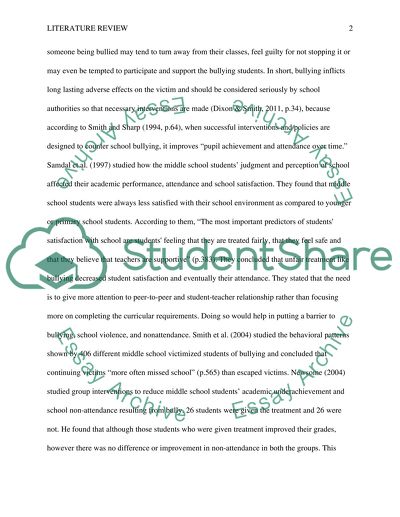Cite this document
(“The Effects of Bullying on Middle School Students Attendance Dissertation”, n.d.)
Retrieved from https://studentshare.org/family-consumer-science/1414466-the-effects-of-bullying-on-middle-school-students-attendance
Retrieved from https://studentshare.org/family-consumer-science/1414466-the-effects-of-bullying-on-middle-school-students-attendance
(The Effects of Bullying on Middle School Students Attendance Dissertation)
https://studentshare.org/family-consumer-science/1414466-the-effects-of-bullying-on-middle-school-students-attendance.
https://studentshare.org/family-consumer-science/1414466-the-effects-of-bullying-on-middle-school-students-attendance.
“The Effects of Bullying on Middle School Students Attendance Dissertation”, n.d. https://studentshare.org/family-consumer-science/1414466-the-effects-of-bullying-on-middle-school-students-attendance.


